Traditional marketing approaches are no longer enough to connect with customers and engage them in learning more about your brand and offerings. That’s where experiential marketing comes in, and that’s what we’re going to talk about in this article. This approach creates a unique and interesting journey for customers, which guarantees you a close connection with them.
We’ll show you the benefits of experiential marketing and how your brand can stand out from the crowd by establishing a close connection with your audience.
What is Experiential Marketing?
In the marketing industry, experiential marketing may go by various terms, such as XM, experiential advertising, engagement marketing, experience marketing, or ground marketing, but the meaning remains the same.
Experiential marketing is one of the ways to provide a practical test that encourages potential customers to participate in a certain event, thus this marketing is itself a part of this event. An example of experiential marketing is usually the organization of events where brand products or services are demonstrated and advertised, showing them in full view and using them in action.

Such projects are challenging and require the work of professional marketers. They specialize in strategies that increase brand awareness and engage customers in participating or engaging in the event. These events can include fun activities for the whole family, unique games, and other activities organized around branded products. The better the organization of the event and the better the value of the product is revealed, the more engaged the audience is in purchasing and interacting with the brand.
Experiential marketing represents four aspects of experience including:
- Sense
- Feeling
- Action
- Relation
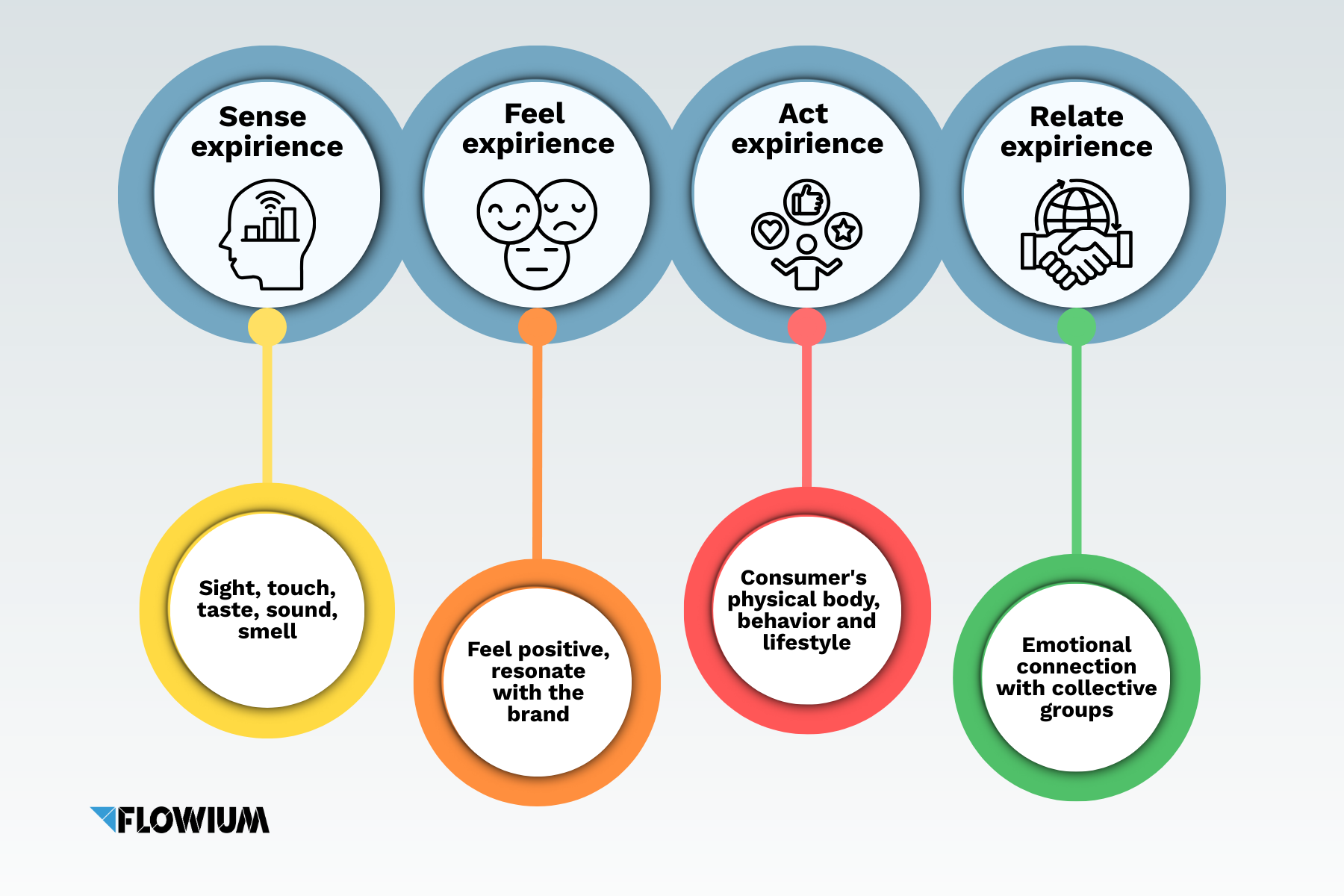
Efficiency of Experiential Marketing Strategy
The effectiveness of experiential marketing is underestimated. The connection that is formed with the participants of events and interactive occasions is unique to the brand. Thanks to the visually demonstrated benefits of the product and the established connection with the audience through a pleasant interaction, the brand will receive not only guaranteed buyers but also a significant part of loyal customers.
Flexibility of Experiential Brand Marketing
Experiential marketing has developed and become more popular in recent years. This has been influenced by global events such as the pandemic, which has led to changes in working conditions. Events organized in the context of experiential marketing can also be held online, which allows people to watch them from home. It is very convenient for visitors to attend the event not only live but also online, allowing them to stay in their comfort zone, tune in, and focus, since other participants will not distract them.
There are no limits to experiential marketing strategies, they change, evolve, and adapt to modern consumer trends and unique conditions. Many people have now switched to working from home. Some clients may work around the clock without being able to attend an event, which is where modern interactional event marketing adapts to the capabilities of clients.
Benefits of Experience Marketing
Certainly, experiential marketing has its own special advantages and benefits that it brings to brands. Further, we will examine these benefits and how experience marketing creates a unique interaction with the audience, with experiential marketing strategies leading to success and the formation of a loyal customer base.

Raising Brand Recognition
Increasing brand recognition is a growing relevant issue that haunts many companies that have not yet built their brand name and spread it globally. Spreading the brand name among customers and having it present in various information occasions will ensure that customers will remember you when they plan a purchase. Experience advertising is based on the organization of marketing events that will help you to appear in the information circle and stay there for a long time, thus increasing awareness.
Growth of Loyal Customer Base
Experience marketing is all about creating a comfortable journey for customers and their direct interaction with the brand. Such an impact will help to improve loyal customer relationships. A loyal customer base is guaranteed to bring you many benefits that are profitable for your business. If you not only attract more and more customers but also create a satisfying customer journey for them, these customers will become more and more loyal, leading to improved retention and repeat purchases. Loyal customers provide positive features such as subscribing to your email newsletters, writing positive reviews, supporting your brand, guaranteed word-of-mouth advertising, and much more.
Better Engagement
As we said earlier, creating a pleasant adventure for customers is the basis of experiential advertising, which in turn means not only increasing loyalty but also improving engagement. Experiential marketing provides customers with a pleasant and interesting interaction that encourages them to interact and try your product. The better planned customer engagement in experiential ads, the more the customer will enjoy the demonstration and the event as a whole.
Hype Raising
With today’s trends and tendencies, achieving success with an experiential marketing strategy is not only about a successfully conducted demo event but also about the hype created around this event and its virality in the media and beyond. The viral effect will help you get into social media discussions and generate a significant number of new potential customers. Virality means popularity that increases sales.
If any information about your experiential marketing event, such as a video, photo, or news item, goes viral, it means a buzz around your brand. Buzz around your brand means that people will spread, upload, share, and be interested in information about your event. Nowadays, a significant part of global marketing is focused on getting into the information circle and going viral. To go viral, your event should not only provide a pleasant interaction but also contain a sensation.
Contact with Customers
In today’s world, all the feedback you can get is mostly on the web, in reviews, comments, and chats. This feedback is not as fulfilling as live emotions and face-to-face communication. Experiential marketing is exactly what allows you to interact with users directly in real-time.
By observing customers, you can learn their preferences and what they dislike. Marketing analytics are certainly no less important, but conversations with customers are the best feedback and ideas for product improvement. Talking to them also gives you ideas for improving your marketing strategies and enhancing the customer journey. To get this feedback, consider setting up stands for leaving comments, suggestions, and answering surveys. Place staff to conduct conversations with customers.
Creation of Emotional Connections
If your marketing campaigns create a strong emotional connection, you can increase your customer base by as much as 40%. Customers who are emotionally attached have a 52% higher customer lifetime value (CLV). These statistics show how important emotions are in marketing, but nowadays it’s getting harder and harder to evoke emotions in the audience. Experiential advertising is exactly what evokes strong emotions in customers, which leads to the formation of emotional connections with the brand.
Unique Brand Perception
Experiential marketing will help your brand showcase its uniqueness to the masses. By creating a journey for customers to enjoy your products, you’ll build perception, build trust, and differentiate yourself from the competition.
Experiential Marketing Strategies
The initial integral step to creating experiential marketing tactics is to have a first-rate team of marketers with extensive backgrounds in this area. A team with such qualities is capable of formulating strategies with the right approach to achieve success in all possible ways through experiential advertising.
Below we list potential experiential marketing techniques that we have collected for you as an example of strategies. Consider these strategies and adapt them to your business by experimenting with the suggested ideas.
Experience Marketing Focused on Events
The most obvious interaction-based marketing strategy is event marketing. The main requirement of this strategy is to create as much awareness as possible around the event you are organizing. Creating awareness will require considerable marketing skills. People who find out about the event should know all the most significant details, such as what kind of event it is and, most of all, what to expect from it and how they can have fun at it.

Guerrilla Marketing Strategy
Guerrilla marketing campaigns are unexpected events for people who live in a certain area. Such an event is an unconventional way to attract the attention of potential customers. The impression that they will have thanks to guerrilla marketing will attract them to interact with the brand through its product or services.
This strategy requires creating a certain benefit, challenge, or prize for people who take part in the event. Another requirement is to work hard on planning a guerrilla marketing campaign to ensure that it achieves all its goals. An effective campaign will allow you to run it more and more often, as long as the target audience can be engaged.
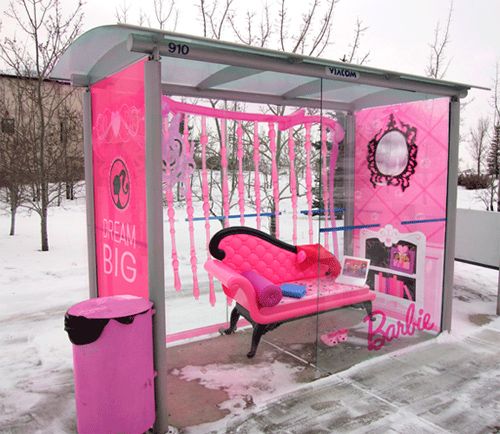
Pop-up Shopping
Marketing events that appear unexpectedly are no longer a novelty. People like this kind of marketing and are actively involved in it, regardless of the products being advertised. The appearance of pop-up shops creates a buzz around your brand, which increases its recognition and entertains potential consumers who attend your event.
An example of such a marketing action is the opening of new stores with an attractive and entertaining product demonstration that attracts visitors. This practice provides you with many opportunities for creativity.

Immersive Environment
This is where a personalized way of connecting a brand with a consumer comes in, via a marketing process called brand activation. This strategy is suitable for both large and small businesses while being an integral part of experiential marketing. According to this principle, the product is presented to the public in an attractive way.
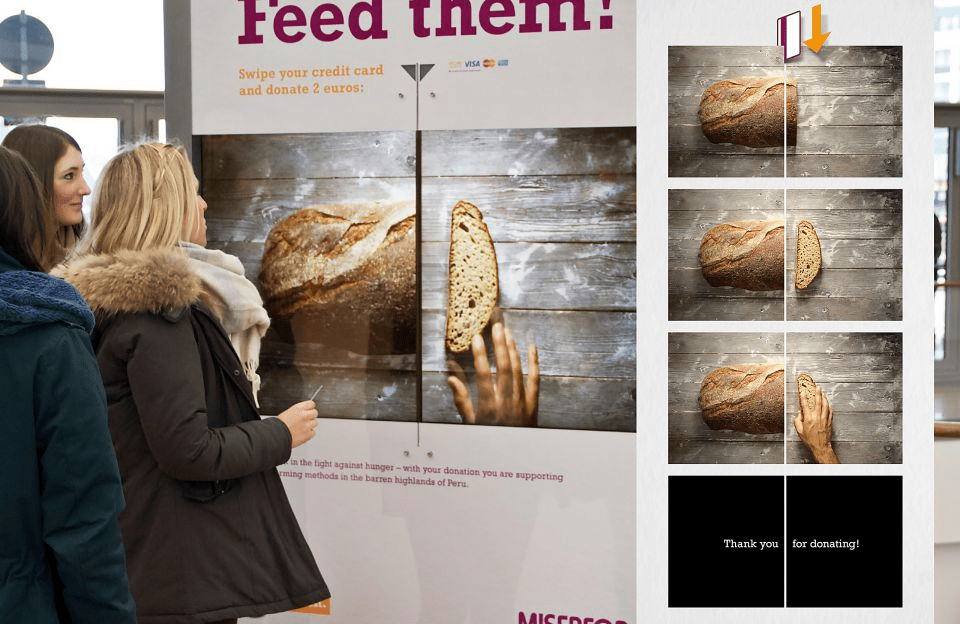
Installations of Interaction
People are always overcome by curiosity. Create something they can interact with and touch simply for fun, such as touchscreens or digital kiosks. Your task will be to just install it and wait, people will interact with it, become interested, and memorize it.
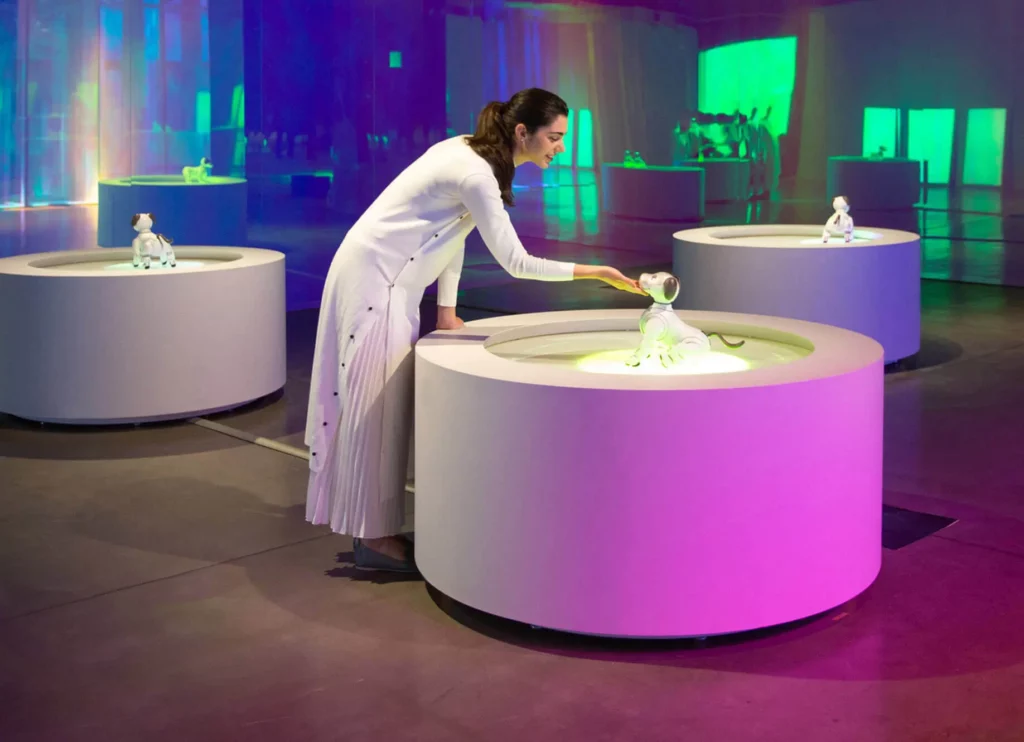
Sampling Programs
Introducing customers to a brand’s products can start not only with a presentation but also with a sampling program. Such demonstrations often bring potential customers a lot of fun and a good impression of the product and brand.
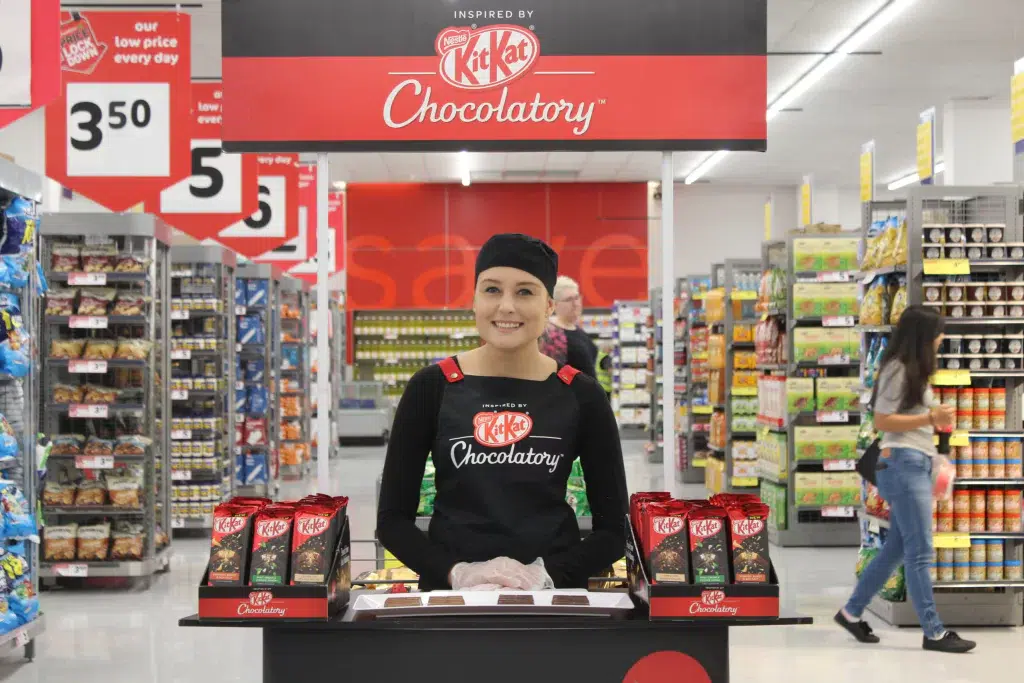
Social Media Trends
Be on trend and join the social media movement, create and distribute your own branded hashtags and influencer alliances.
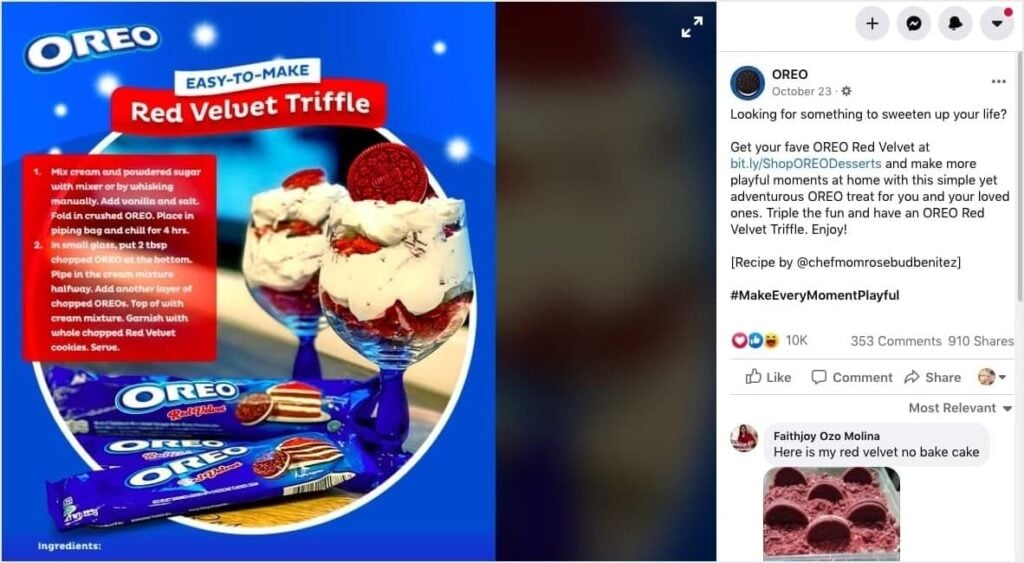
Steps to Create an Experiential Campaign
To make your experiential marketing successful, you need to set up a plan to organize it. We have collected the most important points for you to follow to create the perfect experiential campaign of your own. The recommendations we have collected will save you time in researching this topic.
- Identifying the target audience
The most fundamental thing when planning an experiential campaign is to determine which audience will be best affected by such marketing and adjust your planning to attract the audience you need. The audience you already have will help you determine this. Understanding your target audience will help you plan how to interact with them during your experiential advertising event. You can think of ways to encourage your target audience to participate, but it’s better to prepare ways that will reach all possible audiences.
- Setting a goal
Any marketing requires a goal to focus the campaign’s efforts on. The same goes for experiential marketing, determine the goal or benefits you want to achieve so you know where to focus and where to invest your efforts. For example:
- If you want to increase your loyal customer base, focus on creating more brand engagement, give away prizes for participation, and so on.
- To increase awareness around your business, focus on advertising your event in the media and beyond, and make sure that your experience advertising will carry intrigue and sensation.
- To stimulate sales, focus on detailed product endorsements that will highlight your product from the best angles and allow visitors to try your product or service.
- Leaving a lasting impression
If the impression you create is memorable for your audience, they will definitely remember you when planning a new purchase. Being unique, entertaining, and flamboyant is the best way to make sure you stay in people’s minds for a long time.
- Advertising channels management
It’s obvious that the more channels you have to advertise and connect with your audience, the more successful your marketing and reach. Keep a constant process of increasing the number of these channels by appearing in media sources, social media, in-person meetings, and other popular, relevant ways to spread brand awareness. An integrated marketing strategy used to advertise and engage with your audience is a sure way to generate widespread interest.
- Measuring Performance
Prepare to measure the success of your experiential campaign in advance. Once you’ve organized a marketing event like this, you’ll want to measure its results. It won’t be easy to do this in person. You can count the number of attendees or conduct a post-event survey, and use hashtags and social media landing pages that relate to the specific experience.
With online campaigns, it’s much easier, as you can measure click-through rates (CTRs), number of views, return on advertising spend (ROAS), and more.
Experience Marketing Examples
Here are some examples to give you a better idea of the types of events typically associated with experiential campaigns. Take a look at these examples and choose the one that fits your needs best.
- Conferences and conventions
Such events are very common among tech companies and have already become regular. These events showcase products and allow attendees to use and interact with them, giving them an impression that they will share with others and building a connection with the brand.
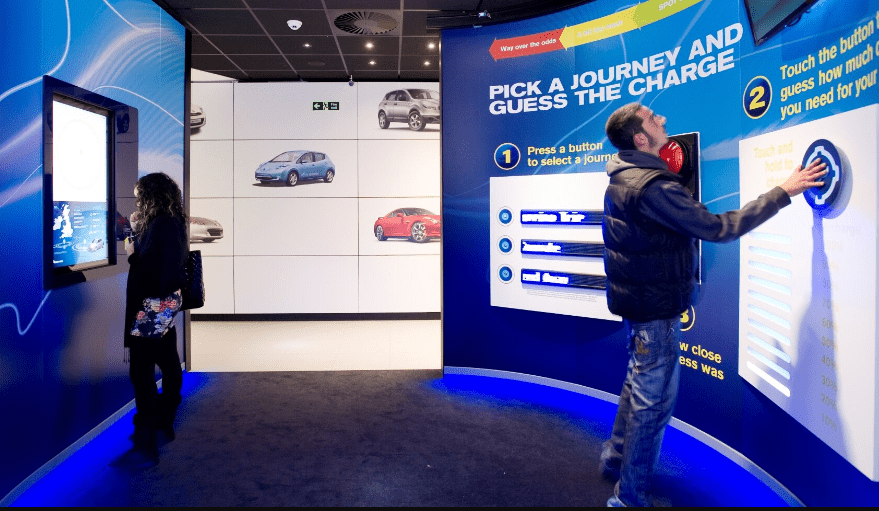
Nissan Innovation Station
The annual Nissan Innovation Station is a good example of an experiential marketing initiative in the form of a convention. It focuses on customer engagement and interactive demonstrations of innovative Nissan technologies and vehicles. In just three years, this strategy attracted nearly one million visitors and generated over 30,000 qualified leads in its first year of launch. This innovative marketing station has won many awards and was recognized as one of the top ten free attractions in London by Time Out.
- Branded demonstration stand
Events like a carnival or concert and many similar celebrations can be used to create a stand where you can showcase your products and let visitors try them out. Support such a promotion with gifts in the form of discount coupons, branded products, or gift cards.

Louis Vuitton’s LV Dream
A classic but vibrant example is the LV Dream exhibition by Louis Vuitton in Paris. The exhibition guided visitors through the extensive history of the brand and its collaborations. This introduction to the history created close personal connections, making visitors loyal customers.
The visitors’ journey was further enhanced by a collaboration with Le Café gift shop, which presented exclusive merchandise and provided branded pastries in connection with the event. Thanks to such an all-encompassing unforgettable journey, Louis Vuitton managed to create an unforgettable experience for customers, attracting many casual visitors.
- Charity events
Connect your experiential advertising with a good cause, such as raising money for charity or some kind of community service.

Misereor: a Billboard for Charitable Donations
This example belongs to the marketing of non-profit organizations, as Misereor is a charitable foundation. However, they have done a good job with experiential advertising, which has brought them significant donations. By installing an interactive billboard called the Social Swipe, they capitalized on the current trend of using credit cards instead of cash. Similar billboards were installed in many places, mostly in airports. The screen depicted the charity campaigns that Miserereor was currently involved with.
The campaign dedicated to solving hunger was depicted as a loaf of bread, with a swipe card that charged a 2 euro fee resulting in a piece of bread being cut off on the screen. As a reminder, people receive a thank you note in their bank statement and an offer to sign up for a monthly donation. This customer journey didn’t burden users with details but required only a simple swipe of the card, which already made them donors.
- Public event
There are many social events that can be suitable for your advertising. The key is to create a fun or engaging interaction for the audience. Examples include sporting competitions or seasonal events.
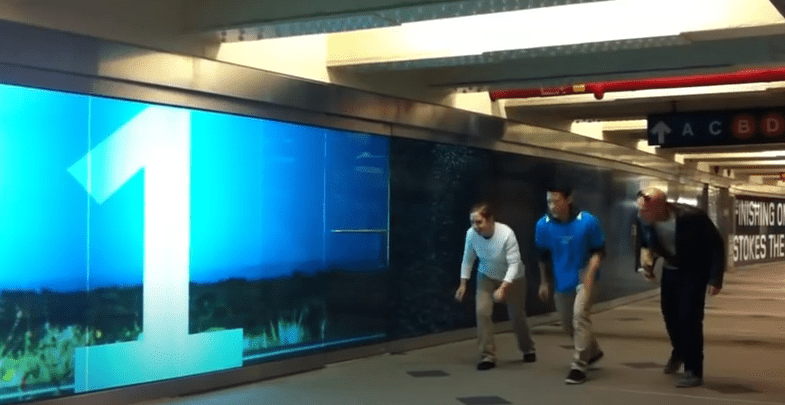
ASICS Run With Ryan
Japanese sportswear and footwear company ASICS connected their campaign to the run-up to the New York City Marathon. Their experiential marketing campaign allowed participants to run along a 60-foot wall with the famous American marathoner Ryan Hall running alongside them. For consumers, this was a truly interesting and engaging interaction that they received on a personal level, which further stimulated their interest in the brand.
Final Thoughts
Experiential marketing is one of those types of marketing that cannot be underestimated. Don’t forget that successful advertising is the one that constantly demonstrates something new and fresh, experience advertising may not be something new, but it can be new for you and your campaigns. Give experiential marketing a try and we guarantee you many benefits for your brand as well as a lot of entertainment for you and your audience.
FAQ
What are the 5 C’s of experiential marketing?
The 5C principle applies not only to experiential marketing but to marketing in general. It is a marketing model of situational analysis that marketers use to help businesses make decisions about marketing strategies. Therefore, to analyze specific areas of marketing, the marketers are guided by the 5Cs, which include:
- Company
- Customer
- Collaborators
- Competitors
- Climate
Why is experiential marketing so powerful?
This type of advertising presents consumers with ads that they can test for themselves by relying on their senses. They don’t just watch the ad on TV or elsewhere, but interact with the product directly, experiencing it with all their senses.
What are the 5 dimensions of experiential marketing?
The key feature of experiential marketing is a unique interaction with consumers. This interaction covers 5 dimensions, namely sensory, emotional, thinking, action, and associative. By embracing these dimensions, brands create an unforgettable customer journey.



